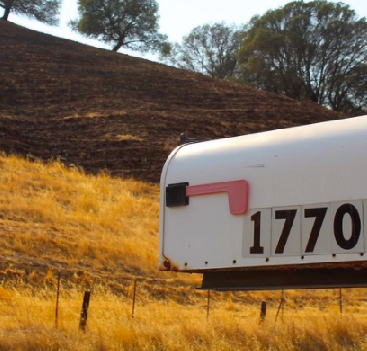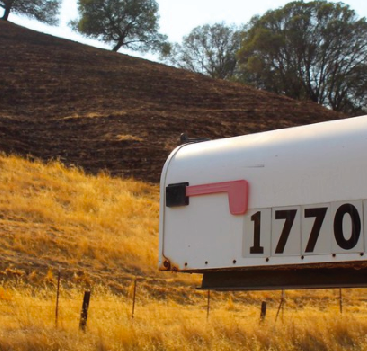Sonoma State University seniors have dealt with some form of a fire affecting their education and college experience every single year of their attendance.
During their freshman year, Seawolves were welcomed with not one, not two, but three ongoing fires, the Tubbs fire, the Nuns fire, and Pocket Fires, which lasted for 23 days. This brought a tremendous amount of smoke, evacuation orders for all of Santa Rosa and parts of Rohnert Park, and a week off from classes for SSU students. Sophomore year, the Camp Fire erupted in the small town of Paradise several counties away. Smoke descended into Sonoma County, entering dorm rooms, walkways, and classrooms making it difficult to see a few feet in front of you. Students were advised to start wearing face masks while walking to class. Many ignored this advice at the time. And to top it off, the same day that the Camp Fire started on Nov. 8, 2018, the Woolsey Fire also began and threatened the lives and homes of thousands in Ventura and Los Angeles Counties. Many students that attend SSU are from Southern California, which made students feel unsettled about the safety of their new found home and their hometown. During their junior year, they were faced with the Kincade Fire, which they would soon realize was the biggest fire of the 2019 season and the largest fire to burn in Sonoma County.
Now with the infamous year that is 2020, what were once baby freshmen have now become seniors and they are having to endure the worst fire season in history, among other things. With the onset of COVID-19 forcing many schools to partake in remote learning, SSU students are scattered across the state. Many are still living in Sonoma County, trying to grasp at the last remaining ounce of their college experience. The LNU Lightning Complex Fires started one day before the first day of instruction at SSU. These were created by a mixture of hot and dry weather, lightning, and bad luck. Little spark fires began and ended up getting out of control morphing into one another. The CZU Lightning Complex Fire burned away a large portion of the Santa Cruz mountains, so much so that Big Basin State Park will likely be closed for at least a year. The El Dorado fire started in Southern California from a gender reveal party gone wrong and burned more than 10,000 acres. Now the Bobcat fire has threatened those in Southern California, and is considered one of the largest in Los Angeles County history by burning over 100,000 acres. Not to mention the Glass fire at our own backdoors.
Sonoma State senior and Biology major, Craig Zschach, recalls being woken up in his dorm freshman year at 4 a.m. from constant amber alerts. It was 90 degrees out that day and smokey according to Zschach. Gas stations had hour long lines and fires were becoming more visible on nearby hills. Zschach attended Rancho Cotati High School and is a Rohnert Park native. When evacuations were put in place he did not have a far away home to escape to. Instead, his parents were evacuated and his family and himself resided at his grandparents home on the far side of Rohnert Park away from the Tubbs and Nuns fires.
Zschach remembers working at Outback Steakhouse when the evacuations were lifted for Rohnert Park, but not Santa Rosa, and he worked his longest most difficult shift that night. The Walmart parking lot near Outback Steakhouse was an evacuation zone for residents and everyone decided to eat at Outback while they were there. He remembers serving 20 tables at one time, due to so many employees having to evacuate. After being asked if the fires over the years have had any affect on his school work, he said that it “hasn’t affected me much, teachers started to plan ahead and plan for fire season.”
Kelsey Venuti, Sonoma State senior and Business Marketing major, was evacuated during the Tubbs and Nuns Fires. She recalls “I’ll never forget waking up at 7 a.m. my freshman year, when I heard we were being evacuated. Once I walked outside and saw there was ash everywhere, I was immediately scared because I knew the fire had to be close.”
She continued by saying that every time there was a fire near Rohnert Park there also happened to one near her home in LA. The Tubbs and Nuns Fires in Sonoma County erupted her freshman year and soon after the Thomas Fire erupted near her home. “It wasn’t nearly as bad there, but it was still a very unsettling feeling having to live in an area that may not be safe at the time,” Venuti emphasised. And her sophomore year, when the Camp Fire started in Sonoma County, the Woolsey fire also started in Ventura and Los Angeles Counties forcing her mother to evacuate. Watching the news year after year featuring so many California fires made Venuti sad, she prayed for families affected but at the same time hoped the fires would not reach her. Venuti has learned to appreciate her home and everything she has because she does not know when it will be gone. She concluded, “I definitely do not like being evacuated and I hope that I won’t have to again.”
Chris Tessier, Sonoma State senior and Geology major, remembers Rohnert Park being deserted his junior year when everyone was evacuated during the Kincade Fire. Tessier feels “More confident with dealing with fires.” He feels like what was once a chaotic scene is now “Normal.” With COVID-19, most are wearing masks and Tessier points out that “We were already wearing masks anyways so we were more prepared to deal with smoke.”
Natalie Gutierrez, senior and English major, states that she is less and less surprised every year a fire takes place, “I almost expect it at this point.” She even goes on to say that after each year she would start bringing less things with her to school so she would not have to bring so much back when forced to evacuate. Gutierrez stated, “People are crying in my classes and venting in discussion boards about their lives being threatened by a virus and now their homes again because of the fires. It’s becoming a tradition as a student for SSU, one that shouldn’t be repeated,” concluded Guiterrez.
While this is a small snapshot of some of the experiences seniors have had to endure, it provides enough evidence to support the claim that a pattern has been made regarding the continuous appearance of fires in Sonoma County.





































